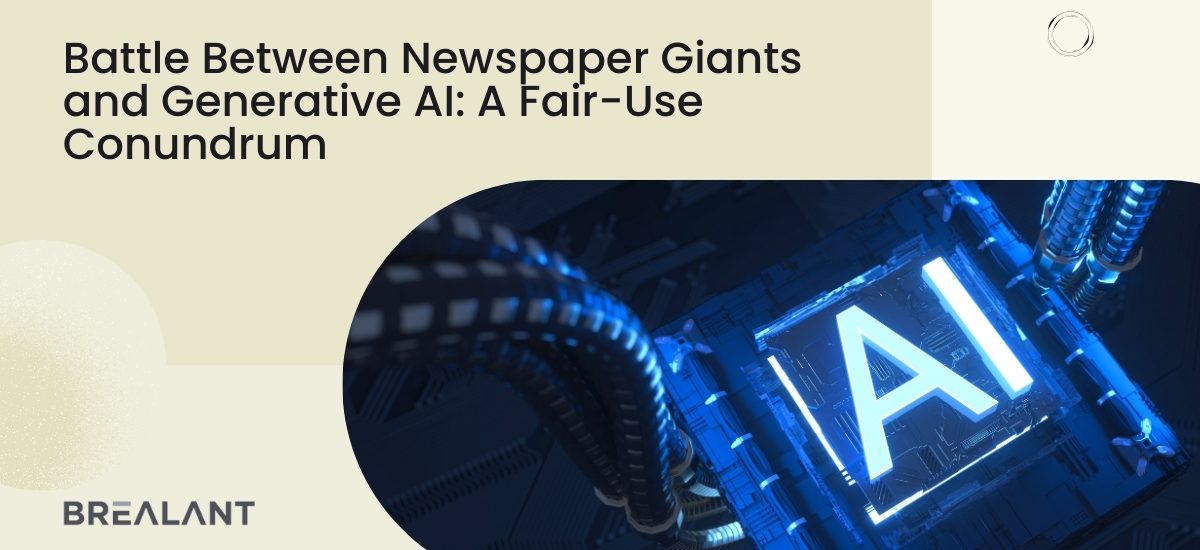



In the ever-evolving landscape of copyright law and artificial intelligence, a new battleground has emerged: the clash between newspaper giants and generative AI entities. At the heart of the conflict lies the interpretation and application of the fair-use doctrine—a legal principle designed to balance the rights of copyright holders with the public interest in free speech and innovation.
In the latest chapter of this saga, the New York Times Company has taken legal action against Microsoft and OpenAI, the creator of ChatGPT, alleging infringement under the federal Copyright Act. Central to the dispute is OpenAI’s utilization of copyrighted material, sourced from publications like The New York Times, to train its AI models. Additionally, the New York Times contends that the output generated by OpenAI’s AI models contains verbatim or near-verbatim copies of substantial portions of its copyrighted works.
The crux of the matter lies in the interpretation of fair use—a defense against claims of copyright infringement that permits certain unauthorized uses of copyrighted material for purposes such as criticism, comment, teaching, scholarship, research, and news reporting. Section 107 of the Copyright Act explicitly outlines fair use as an exclusion to copyright infringement, emphasizing its vital role in fostering creativity and advancing knowledge.
In assessing the merits of OpenAI’s fair-use defense, attention must be paid to the specific circumstances of the case. While OpenAI has yet to present its defense formally, it is likely to argue that its use of copyrighted material is transformative and serves a broader public interest. This argument draws parallels to past cases, such as Authors Guild, Inc. v. Google Inc., where Google successfully invoked fair use to defend its Google Books technology, which digitized copyrighted works for online accessibility.
The New York Times’s allegations against OpenAI raise concerns about both the training of AI models using scraped content and the integrity of the output produced by these models. However, OpenAI’s position appears to be stronger in the context of training, as courts have historically shown more leniency towards transformative uses of copyrighted material. The outcome of the case hinges on whether OpenAI can demonstrate that its AI models’ output constitutes fair use despite similarities to copyrighted works.
Beyond the immediate legal implications, the case holds significant policy ramifications for the future of generative AI. A ruling in favor of the New York Times could potentially stifle innovation in the AI sector, imposing restrictive limitations on the use of copyrighted material for training purposes. Conversely, a victory for OpenAI would reaffirm the importance of fair use in fostering technological advancement and creative expression.
Ultimately, the battle between newspaper giants and generative AI entities underscores the complex interplay between intellectual property rights and technological innovation. As society grapples with the implications of AI-driven content generation, it becomes increasingly crucial to strike a balance that safeguards both creative rights and the public interest. The resolution of this case will undoubtedly shape the legal landscape surrounding AI development and copyright law for years to come.